The choice of insulation for your home is a very important and difficult task. There are many materials for insulating buildings, but most often either mineral wool or expanded polystyrene are used. Our advice site decided to figure out which of these two options is better, where to use foam, and where – mineral wool.
Let us first, to make it easier and clearer for you, we will give in the table the main comparative characteristics of expanded polystyrene and mineral wool as the most popular heaters:
Characteristic Expanded polystyrene Mineral wool Flammability The foam impregnated with fire retardants belongs to the G3 category, that is, “normally combustible material”. Non-impregnated – to G4, that is, “increased flammability” Does not burn at all, belongs to the NG category, withstands temperatures up to + 1000 ° C Thermal conductivity Coefficient from 0.035 to 0.043 W / (m ° C), depending on density The thermal conductivity coefficient is from 0.041 to 0.042 W / (m · ° C) at a board density of 40–80 kg / m? and normal humidity. An increase in humidity dramatically reduces the thermal conductivity of mineral wool Soundproofing Very weak Slightly higher Vapor permeability 0.05 mg / (m • h • Pa) From 0.3 to 0.55 mg / (m • h • Pa) Vapor barrier and wind protection Not needed Needed, and this is an additional cost of money and time
Now let’s draw conclusions from the above and highlight additional comparative characteristics of our two heaters:
- Neither expanded polystyrene nor mineral wool can act as a full-fledged sound insulation;
- Mice do not eat these materials, of course, but they can gnaw through passages and build nests inside both mineral wool and expanded polystyrene. We found different reviews that rodents were colonized inside both types of insulation, so in this respect their characteristics are equal;
- Thermal conductivity indicators are approximately the same, there is no clear advantage;
- Expanded polystyrene is recommended to be sheathed, covered with non-combustible materials when it comes to laying inside the house. For example, sheets of GVL, DSP or GKLO (fire-resistant drywall);
- The price of expanded polystyrene is slightly lower than that of mineral wool. Actually, foam is considered the most inexpensive insulation, which increases its popularity..
An important question is what is easier to lay as insulation. Expanded polystyrene will have to be cut, adjusted, there will be a lot of debris. In addition, gaps may remain at the joints of the plates; polyurethane foam will be required to fill them. Mineral wool is easier to fit, and the risk of cold bridges is minimal. But in the case of polystyrene, vapor barrier and wind protection are not needed, which reduces the cost of work and the timing of their implementation..
The scope of application of expanded polystyrene and mineral wool as insulation differs:
- If we are talking about the foundation and the basement outside the house – definitely foam!
- A wooden house is a mineral wool, because such walls are “breathing”, and the use of expanded polystyrene will negate this useful quality;
- Expanded polystyrene is also used under the concrete screed of the floor and floors;
- Both mineral wool and expanded polystyrene insulate mansard rooms, attics, pitched roofs. This has its pros and cons. If the roof gets very hot, then you cannot put foam under it – it will begin to emit an unpleasant odor. On the other hand, expanded polystyrene, unlike mineral wool, is not afraid of moisture and, if the roof leaks, it will not lose its properties;
- For ventilated facades, only mineral wool is suitable, but for “wet” ones, under plaster – expanded polystyrene;
- Both of these materials can be used inside the walls of a frame house, but, recall, expanded polystyrene is sheathed with non-combustible plates;
- Only mineral wool is used around stoves and fireplaces, because this material does not burn.
We state that it is impossible to say unequivocally that expanded polystyrene or mineral wool is the best, ideal insulation. There are pros and cons about both materials. We advise you to focus on the scope of application, because it differs. Some homeowners believe that there is nothing to do with styrofoam inside a residential area, while others are convinced that the beneficial properties of mineral wool are greatly exaggerated by manufacturers. You can choose, we are sure that our article will help you with this. And do not forget that mineral wool and expanded polystyrene are different, so you should choose high-quality materials from trusted brands.

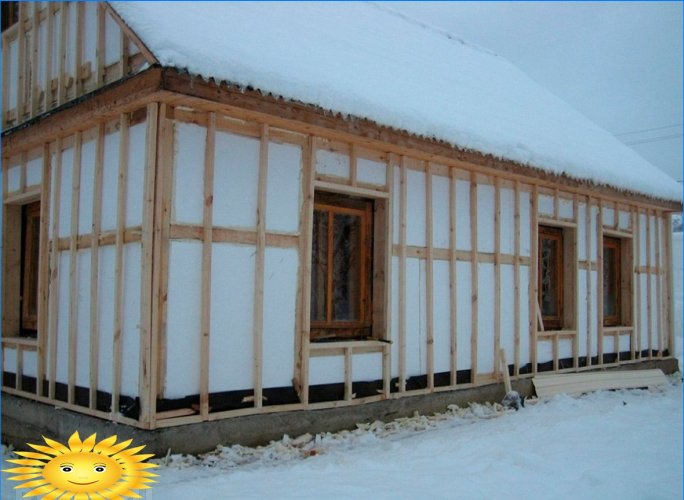

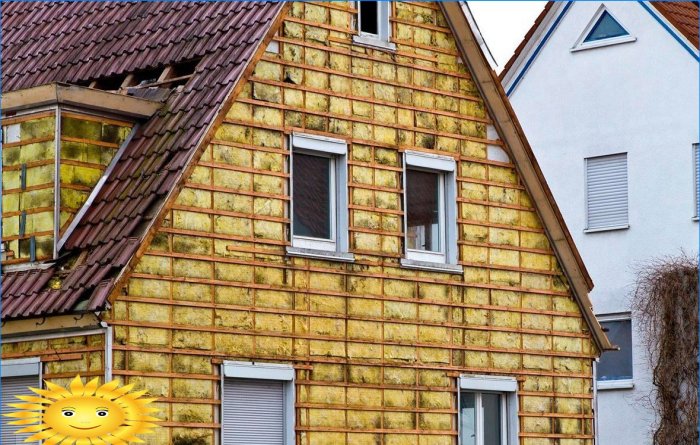

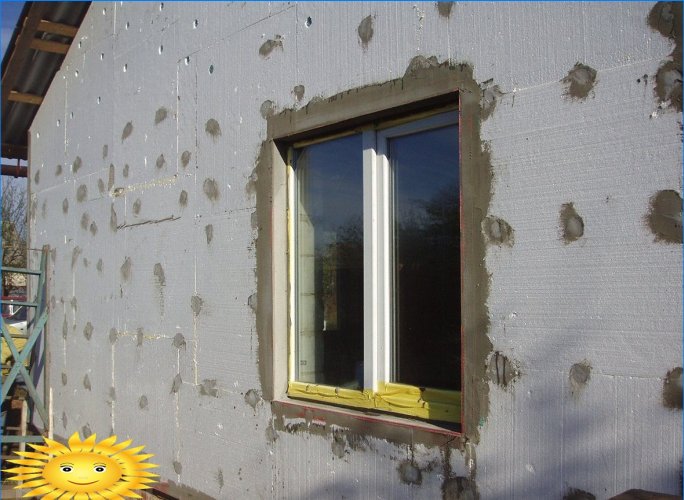
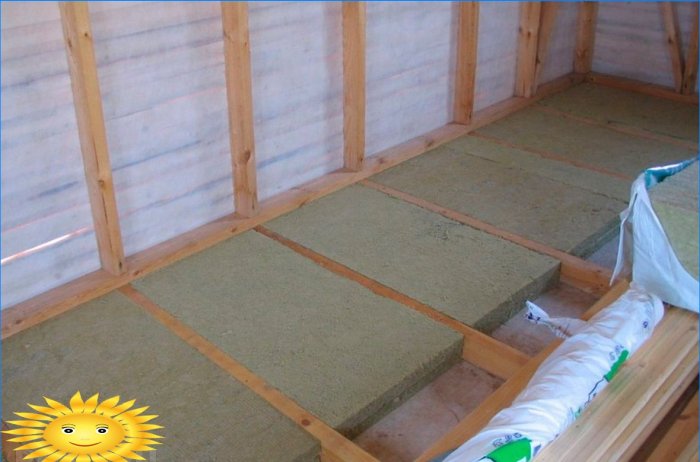
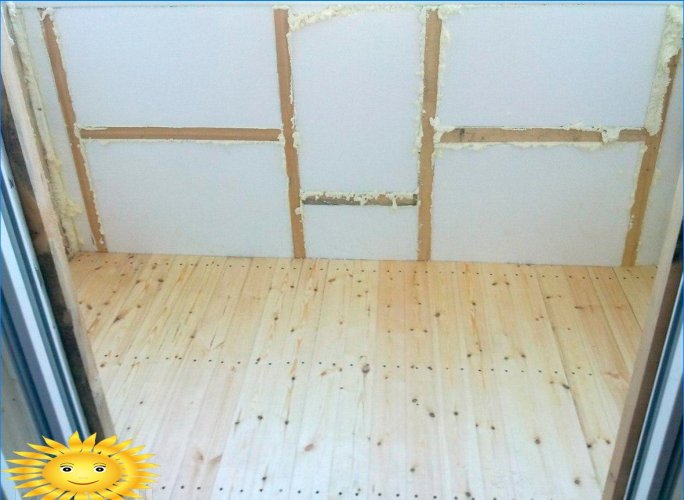
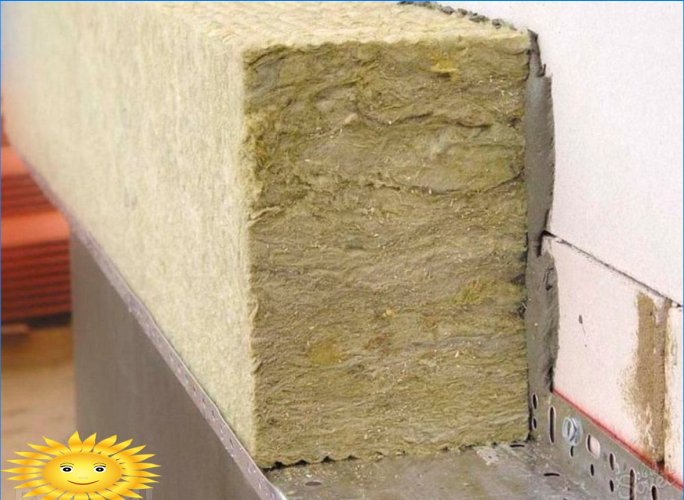

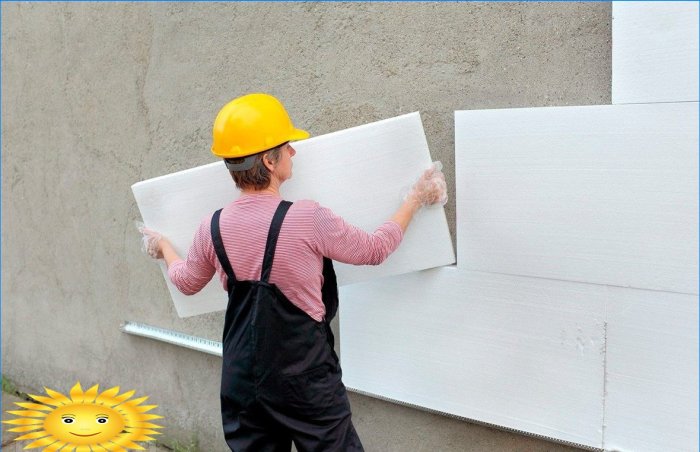
Mineral wool or expanded polystyrene: which is better? I’m curious about the pros and cons of both insulation materials. What are their thermal properties, durability, and environmental impact? Which offers better insulation effectiveness and fire resistance? Additionally, how do their costs compare? Any insights or experiences would be greatly appreciated before making a decision on which material to use for insulation purposes. Thank you!
Mineral wool and expanded polystyrene (EPS) have their own advantages and disadvantages in terms of thermal properties, durability, and environmental impact. Mineral wool has greater thermal resistance, making it more effective at insulation. It is also non-combustible, providing better fire resistance. However, mineral wool may absorb moisture, reducing its efficiency over time and requiring proper vapor barriers. On the other hand, EPS insulation has lower thermal resistance but better durability and moisture resistance. It is lightweight and easy to install, making it cost-effective. However, EPS is flammable and can release toxic fumes in case of fire. In terms of environmental impact, mineral wool is generally considered more eco-friendly due to its recyclability, while EPS is made from non-renewable resources and takes longer to decompose. Costs vary depending on the specific product and supplier, but EPS tends to be cheaper overall. Consider factors like local regulations, climate, and personal preferences when choosing the right insulation material.
Mineral wool and expanded polystyrene (EPS) both have their strengths and weaknesses when it comes to thermal properties, durability, and environmental impact. Mineral wool offers greater thermal resistance and provides better fire resistance due to its non-combustible nature. However, it can absorb moisture, reducing its effectiveness over time and requiring proper vapor barriers. On the other hand, EPS has lower thermal resistance but better durability and moisture resistance. It is lightweight, easy to install, and cost-effective. However, it is flammable and can emit toxic fumes in case of fire. In terms of environmental impact, mineral wool is more eco-friendly as it is recyclable, while EPS is made from non-renewable resources and takes longer to decompose. Costs vary, but EPS tends to be cheaper overall. When deciding on an insulation material, it is important to consider local regulations, climate, and personal preferences.